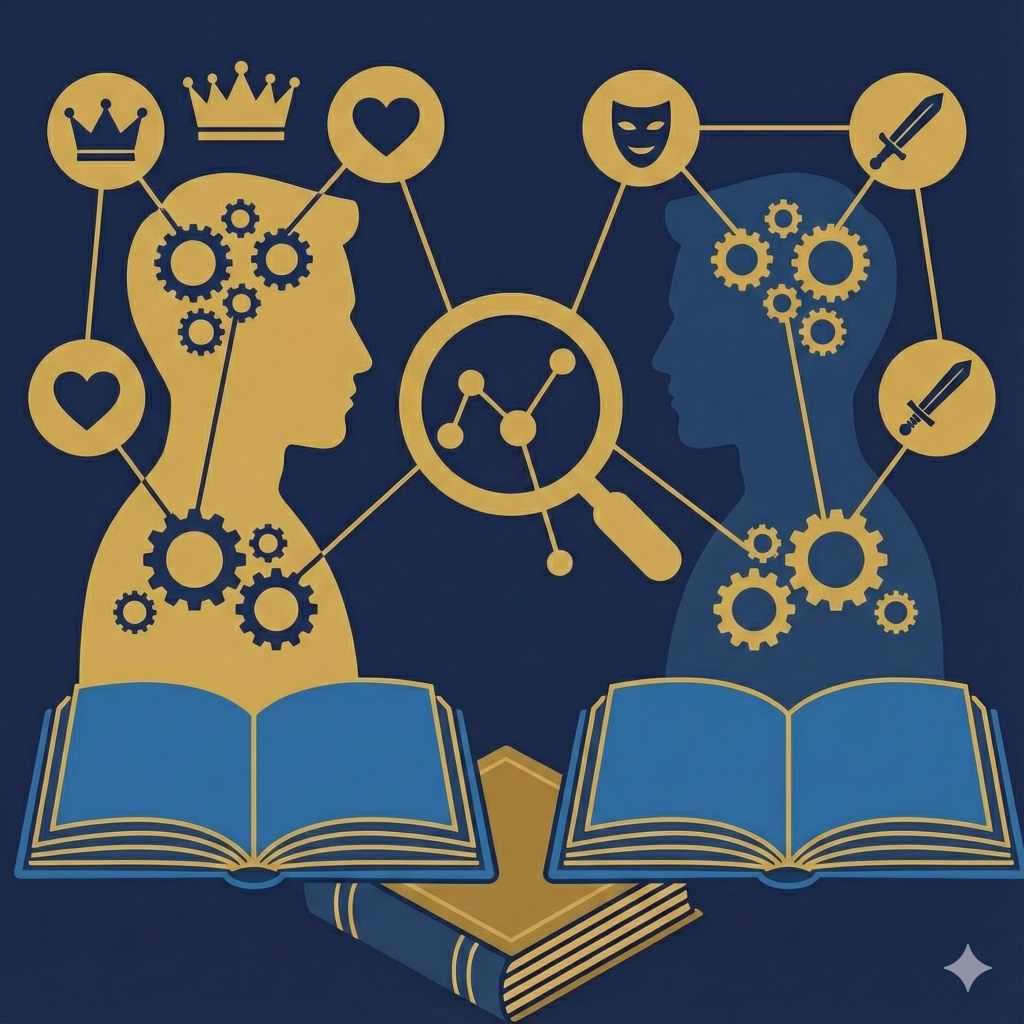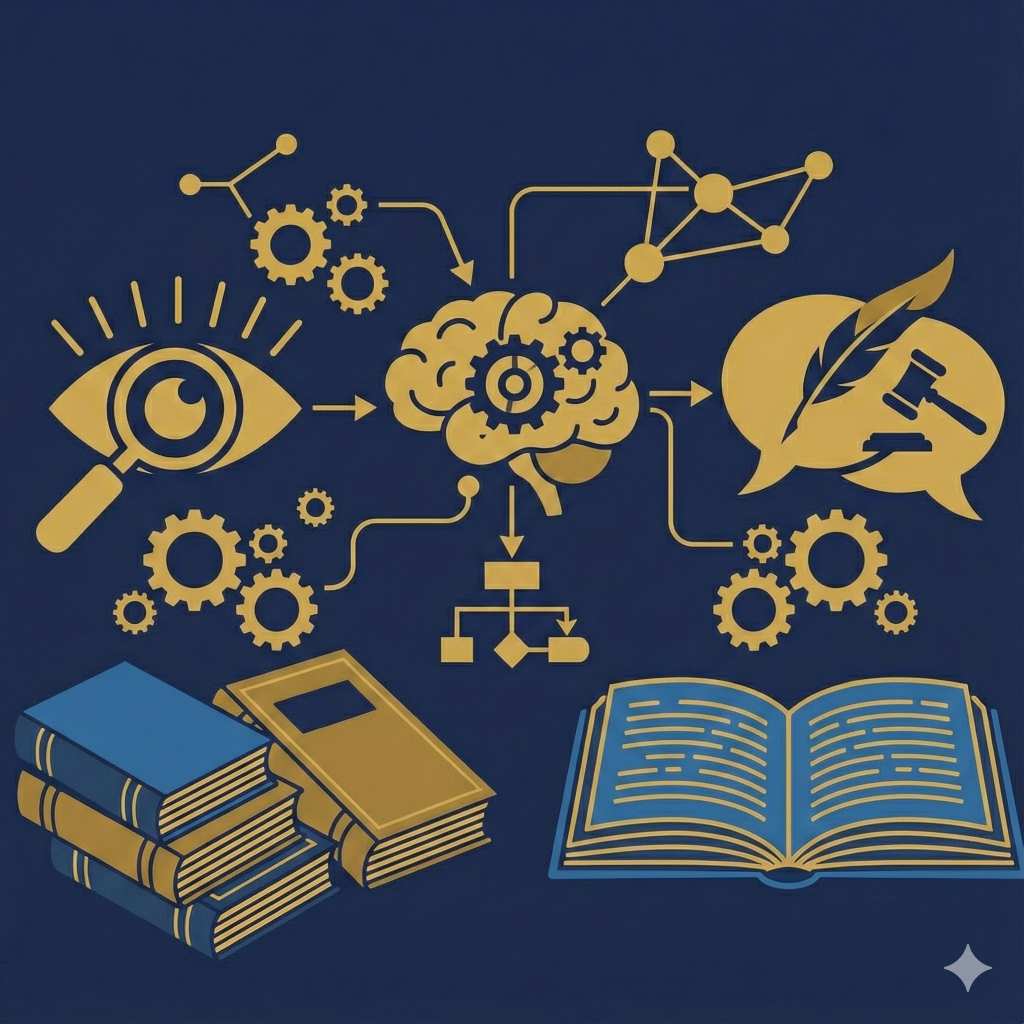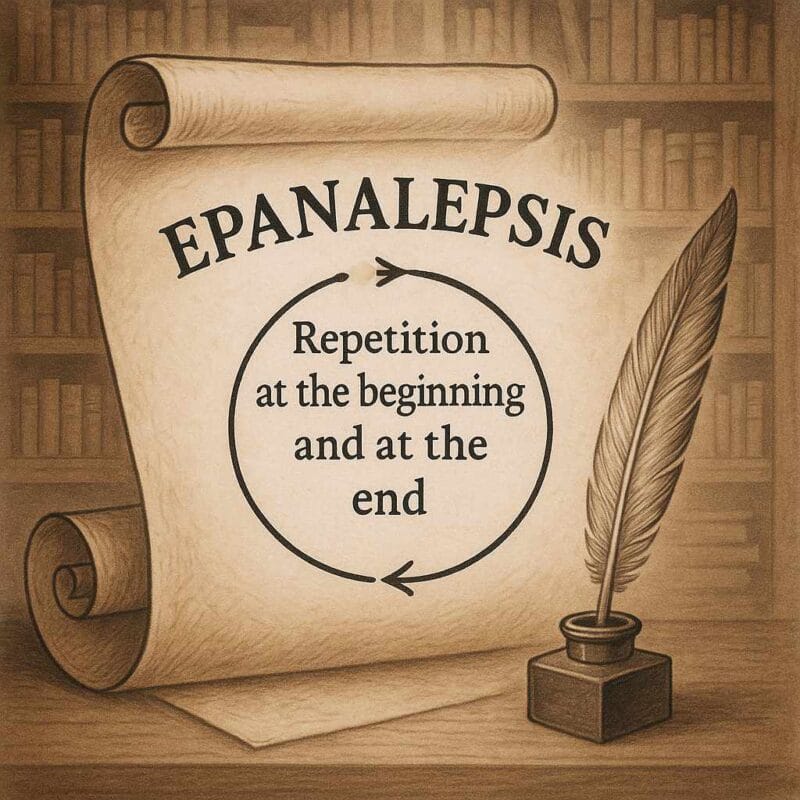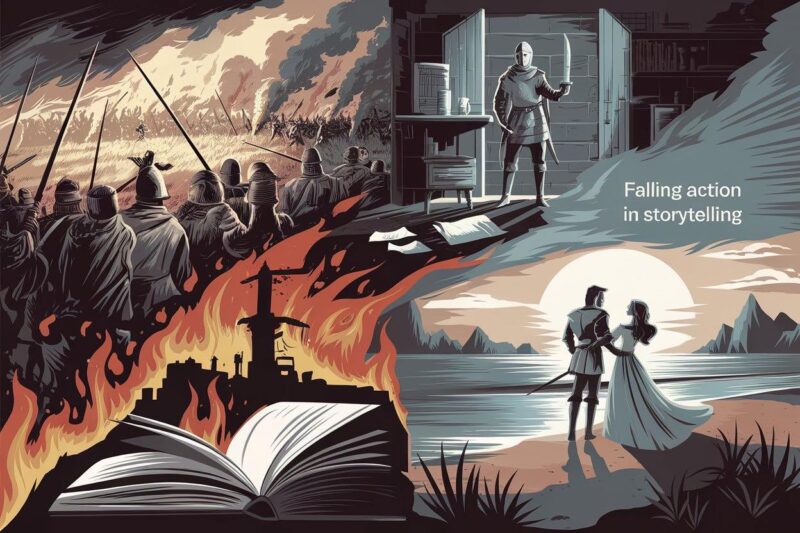The most enduring narratives are defined by the characters they contain. Character analysis begins with this premise. This form of analysis examines a character’s definitive qualities and their consequential actions as functional elements within the central drama of protagonists and antagonists. This dynamic supplies the narrative’s essential tension and dictates its forward motion.
The methodology for this analysis follows a clear sequence. It begins by classifying a character’s formal type and dramatic function. The focus then shifts to the author’s technical choices: the calculated construction of dialogue, action, and history that creates authenticity. A complete assessment must subsequently trace the formative relationships and concrete challenges that determine the character’s path. Ultimately, this structured inquiry demonstrates that a story’s architecture and purpose become legible through the precise design and controlled transformation of its characters.

Foundations of Character Analysis
Characterization constitutes the technical process of building a persona. Direct characterization delivers explicit information through declarative statements; indirect characterization presents evidence through action, dialogue, thought, and interaction with others, requiring deduction from the audience. Effective characterization employs these methods in concert; the resulting figure is defined by statement and revealed through behavior.
Characters fulfill distinct narrative purposes. Major figures, specifically the protagonist and antagonist, generate and resolve the central conflict. Minor characters may illuminate setting, advance subplots, or act as foils (their static natures highlight the change or constancy of others). Identifying a character’s role measures their contribution to the narrative’s structure and their effect on its progression.
Literature employs a range of character types, each with a conventional utility. Dynamic characters demonstrate significant alteration from a story’s start to its conclusion, a process central to a character arc. Static characters remain essentially unchanged, often serving as fixed points for measuring development. Literary archetypes embody familiar, archetypal roles (e.g., the Hero, the Mentor, the Villain) by providing immediate context that meets established expectations, which an author may then uphold or subvert.

Analyzing Protagonists and Antagonists
The primary analytical goal is to move past labels and examine the functional machinery of the narrative. The relationship between protagonist and antagonist is the story’s central generative mechanism. Character analysis dissects how this specific, sustained opposition operates.
The Protagonist: Locating the Operative Desire
Identifying the protagonist is the first step; analyzing their function is the substantive work. Look beyond their role as “the main character” to isolate their operative desire (the specific, actionable goal that propels the plot). This desire must be concrete enough to generate conflict. For instance, Jay Gatsby’s desire is not simply “love,” but the specific reclamation of a past he has mythologized. This precise desire dictates every strategic choice he makes. The protagonist’s journey becomes an experiment testing the validity, cost, and consequence of pursuing this desire.
The Antagonist: Defining the Nature of Opposition
The antagonist is defined by their narrative function: to apply the specific test to the protagonist’s desire. Analyze their role as a catalyst. An effective antagonist does not merely obstruct; they initiate a chain of reactions that forces the protagonist to reveal their capacities and limitations. Their opposition must possess an internal logic that turns conflict from a general struggle into a clarifying engagement. The nature of this opposition (whether ideological, personal, or systemic) defines the story’s central stakes.
The Dynamic: Mapping the Escalation
The core of the analysis lies in the dynamic between them. This interaction is the narrative’s structural engine. Map the escalation: how a protagonist’s initial action forces a specific reaction from the antagonist, which in turn necessitates a new strategic choice. This reciprocal exchange (not simply a sequence of isolated events) reveals the core values and vulnerabilities of both. Analyze how the tension of this engagement dictates the plot’s direction and, ultimately, determines which of the two conflicting logics prevails.

The Analytical Process: From Observation to Argument
Character analysis moves from descriptive observation to interpretive argument. This process examines how disparate textual evidence coalesces into a coherent statement about the character’s function. It moves from noticing details about a character to making an explicit, defensible claim about their purpose.
Synthesizing Evidence: Action, Voice, and Transformation
Character analysis works with three primary elements. A character’s actions, particularly under duress, demonstrate their actual priorities, which often differ from their stated beliefs. Next, their dialogue and pattern of speech (rhythm, vocabulary, and tone) offer a map of their conscious self-presentation and their unexamined assumptions. Finally, observing a character’s transformation (or stasis) across the story measures the narrative’s ultimate effect on their consciousness. The analytical task is to connect the challenges a character faces directly to the alterations these events produce in their behavior or perspective.
Formulating the Analytical Thesis
This synthesis must conclude in a thesis: a specific, arguable claim about the character’s function within the narrative’s design. A strong thesis might argue that a character embodies a central thematic contradiction or that their particular evolution questions a foundational premise. This claim must obtain full support in the organized evidence of their actions, speech, and change.
The Value of the Analytical Lens
In sum, character analysis is an analytical method for reading with greater resolution. As a reader, it trains your attention on the machinery of narrative: how an author uses the constructed persona to conduct an experiment in human possibility. By rigorously tracing the arc of a desire, the logic of an opposition, or the cost of a change, we discern the precise argument a story makes about choice, consequence, and what we recognize as consciousness. The concepts expounded in this article provide us the analytical lens that does not simply explain how a certain character fits a type but clarifies the specific, complex function they perform within the story’s unique system of thought.
Further Reading
Understanding the Role of Protagonist in Literature by Brainly
We Love to Hate a Villain by Joyce Magnin, LinkedIn
Why We Relate to Fictional Characters by Kyle Frenette, The Factory Times
Decoding Character Actions: A Dive into Literary Behavior by Charles Dennis, charlesdennisauthor.com




